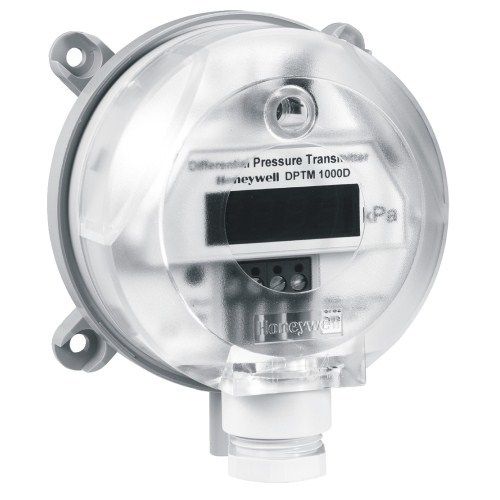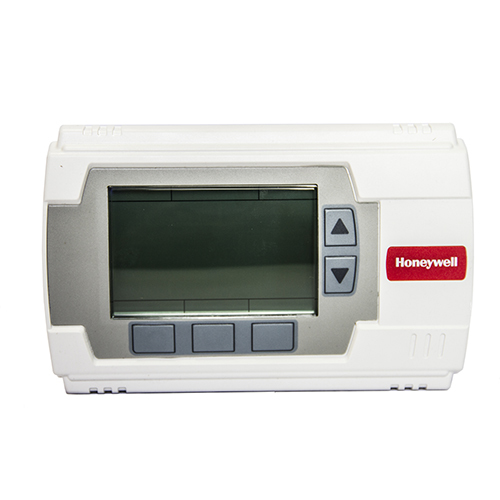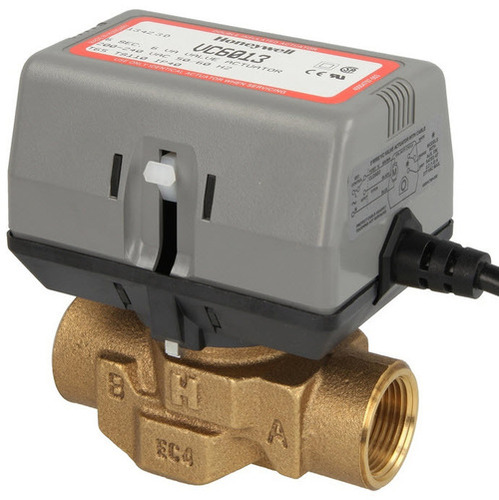Differential Pressure Transmitter
MOQ : 1 Piece
Differential Pressure Transmitter Specification
- Material
- ABS Plastic
- Type
- Commercial
- Voltage
- 24 Volt (v)
Differential Pressure Transmitter Trade Information
- Minimum Order Quantity
- 1 Piece
- Payment Terms
- Cash in Advance (CID), Cash Advance (CA)
- Supply Ability
- 100 Pieces Per Week
- Delivery Time
- 1 Days
- Main Domestic Market
- All India
About Differential Pressure Transmitter
A differential pressure transmitter is a device used in industrial processes to measure the difference in pressure between two points in a system. It converts this pressure difference into an electrical signal that can be used to monitor and control various industrial processes.
Here are some key points about differential pressure transmitters:
1. Purpose: The primary purpose of a differential pressure transmitter is to measure the pressure difference between two points in a system. This could be across a filter, a valve, or any other component where pressure variance is critical.
2. Components: A typical differential pressure transmitter consists of a sensing element, a transmitter electronics unit, and a process connection. The sensing element can be a diaphragm, bellows, or another mechanism that deforms under pressure changes.
3. Working Principle: The sensing element responds to the pressure difference between the two points by deforming. This deformation is then converted into an electrical signal by the transmitter electronics. The transmitter often includes calibration and compensation features to ensure accuracy.
4. Types: There are different types of differential pressure transmitters based on their sensing elements and applications. Common types include diaphragm-based, piston-based, and capacitive differential pressure transmitters.
5. Installation: Differential pressure transmitters are typically installed with one side of the sensing element exposed to one pressure and the other side to the second pressure. The transmitter electronics then measure the difference between these pressures.
6. Output Signal: The output signal is often in the form of a current (4-20 mA) or voltage, which can be sent to a control system, distributed control system (DCS), or programmable logic controller (PLC) for further processing.
7. Accuracy and Calibration: Differential pressure transmitters require periodic calibration to maintain accuracy. Calibration involves adjusting the transmitter to ensure its output matches the actual pressure difference.
Applications Of Differential Pressure Transmitter:
1. Flow Measurement: One of the primary applications is in flow measurement. By measuring the pressure drop across a restriction in a pipe, such as an orifice plate, venturi tube, or flow nozzle, the differential pressure transmitter can help determine the flow rate of a fluid.
2. Level Measurement: Differential pressure transmitters are used to measure the level of liquids in tanks or vessels. By comparing the pressure at the bottom of the tank with atmospheric pressure or the pressure at the top of the tank, the transmitter can provide an indication of the liquid level.
3. Filter Monitoring: In filtration systems, differential pressure transmitters are employed to monitor the pressure drop across filters. As a filter becomes clogged with particles, the pressure difference increases, signaling the need for maintenance or replacement.
4. HVAC Systems: Differential pressure transmitters are used in heating, ventilation, and air conditioning (HVAC) systems to measure air flow, filter conditions, and duct pressure. They help optimize energy efficiency and maintain a comfortable indoor environment.
5. Industrial Processes: Various industrial processes require precise control of pressure differentials. For example, in chemical and petrochemical plants, these transmitters are used to monitor pressure drops across valves, pumps, and other components to ensure efficient and safe operations.
6. Boiler Control: In steam boiler systems, differential pressure transmitters are utilized to monitor and control the combustion air flow. They help maintain the proper balance between fuel and air for efficient and safe boiler operation.
7. Pump and Compressor Monitoring: Differential pressure transmitters are employed to monitor the pressure differences across pumps and compressors. This information is crucial for optimizing performance, detecting faults, and ensuring the reliability of these components.
8. Hydraulic Systems: In hydraulic systems, these transmitters help monitor pressure differences across hydraulic cylinders, valves, and filters, ensuring the proper functioning of the system.
9. Medical Applications: In medical equipment, differential pressure transmitters can be used for applications such as monitoring air pressure in ventilators or measuring pressure differences in fluidic systems.
10. Clean Room Environments: Industries like semiconductor manufacturing or pharmaceuticals use differential pressure transmitters to maintain clean room environments by monitoring and controlling pressure differences to prevent contaminants from entering.

Tell us about your requirement

Price:
Quantity
Select Unit
- 50
- 100
- 200
- 250
- 500
- 1000+
Additional detail
Mobile number
Email
More Products in Honeywell HVAC Controls Category
Honeywell 2 Way Motorized Valve
Price 4000 INR / Piece
Minimum Order Quantity : 1 Piece
Material : Other
Voltage : 220240 V AC
Type : Industrial
Size : 2050 MM
Honeywell Stand Alone AHU Controller UB Series
Price 15000 INR / Piece
Minimum Order Quantity : 1 Piece
Material : ABS Plastic
Voltage : 24 Volt (v)
Type : Industrial
Honeywell AHU Thermostat
Minimum Order Quantity : 1 Piece
Material : Other, Plastic
Voltage : 110230 Volt (v)
Type : Commercial
Honeywell FCU Actuator VC6013
Price 7496 INR / Piece
Minimum Order Quantity : 1 Piece
Material : Other
Voltage : 24 Volt (v)
Size : 15, 20 and 25 MM

 Send Inquiry
Send Inquiry






 Send Inquiry
Send Inquiry Send SMS
Send SMS Call Me Free
Call Me Free English
English Spanish
Spanish French
French German
German Italian
Italian Chinese (Simplified)
Chinese (Simplified) Japanese
Japanese Korean
Korean Arabic
Arabic Portuguese
Portuguese